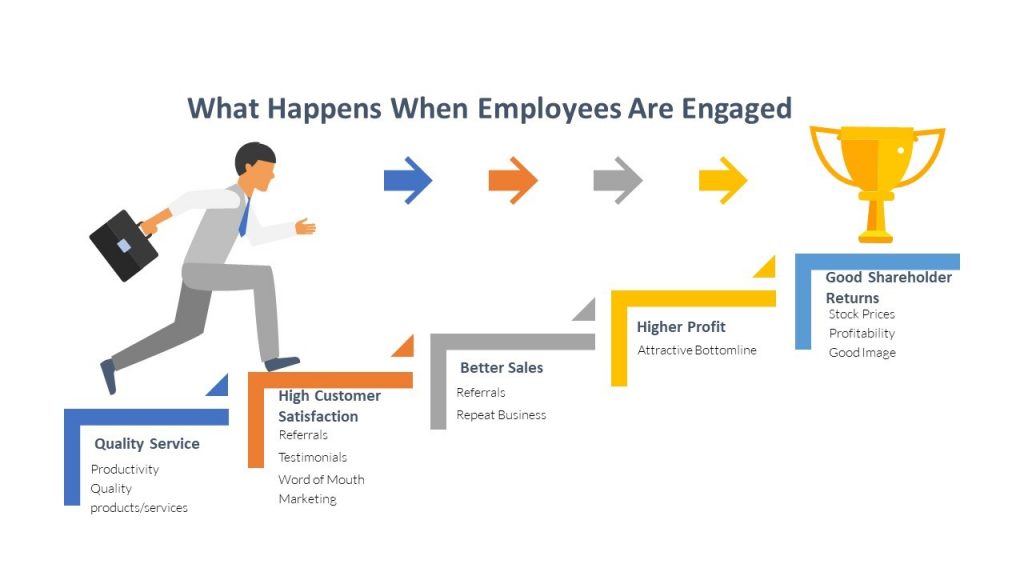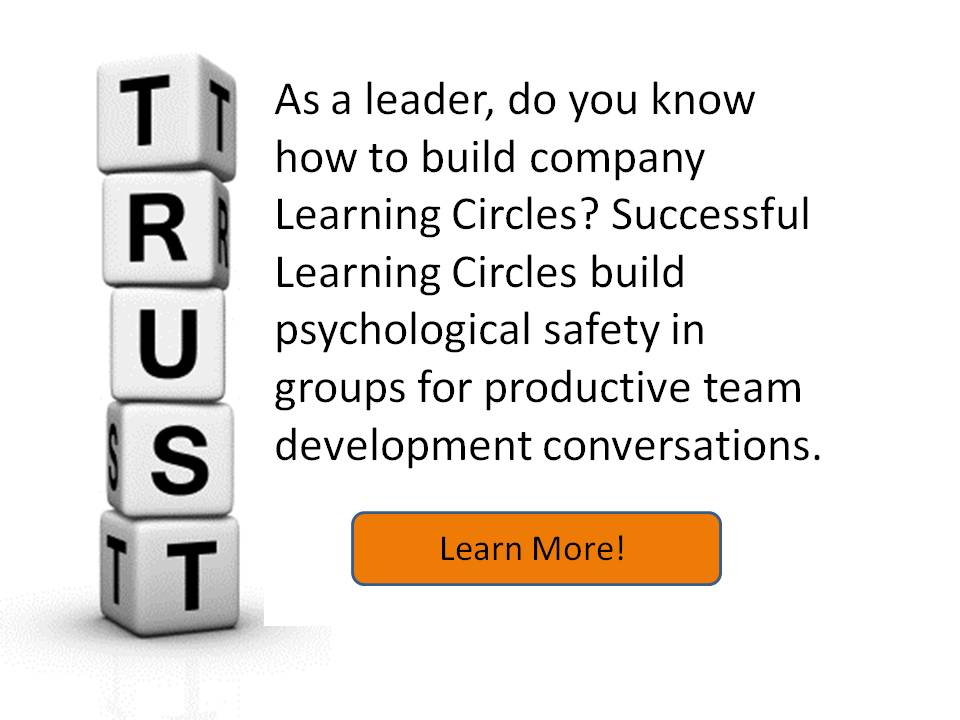We’ve talked about how employee engagement is key to real results – employee satisfaction, productivity, sales, profits… But, what is employee engagement?
For one, employee engagement runs deeper than employee satisfaction. Satisfied workers can clock in without complaint. But this doesn’t translate to him/her going the extra mile or saying no to a headhunter’s call.
It isn’t employee happiness either. Anyone can be happy at work. Many companies have equipped their offices with nap rooms, spa treatments, colorful kids lounges, and other perks. Wonderful extras indeed. But then happiness won’t always motivate employees to get involved.
What is it employee engagement?
 Employee engagement is commitment – particularly an employee’s emotional commitment to the organization, its goals, and its objectives. An engaged employee is an employee who cares about what they do and how their role helps the company. You want them to work not just for the paycheck or the promotion, but for the organization’s goals, as well.
Employee engagement is commitment – particularly an employee’s emotional commitment to the organization, its goals, and its objectives. An engaged employee is an employee who cares about what they do and how their role helps the company. You want them to work not just for the paycheck or the promotion, but for the organization’s goals, as well.
When employees genuinely care, they do what they feel needs to be done without being asked. Discretionary effort. This means that the engaged sales associate sneaks in a few hours on a Saturday when needed – without being asked to. This means the IT guy cleans up the mess in the coffee room, even if it isn’t his responsibility to do so. It also means the call center agent clocks in another two hours because she’s on a roll and sales are picking up.
How do you engage employees?
The secret sauce to engaged employees is training from the get-go. The moment new employees are in the onboarding process, company objectives must be made clear to them. It must be clear how their role (no matter how menial or small this may seem), contributes to the greater whole.
them. It must be clear how their role (no matter how menial or small this may seem), contributes to the greater whole.
In addition to arming employees with the skill set they need to do their jobs, early training is a good time to set expectations in a structured way. It’s also the right tool to communicate (because training is often neglected as a communication tool). But traditional training models no longer work as well as it did 10 years ago. Gone are the days when training consisted of classroom setups and weekend getaways. To make training effective, the best way to implement it is to offer it consistently and often.
It need not be full day events. What works is quite the opposite. Small events as short as 15 minutes, with the use of digital tools, on a regular and consistent basis serves learners best.
This training type is known as Micro-Training. It’s unobtrusive and yet effective enough to fortify employee engagement.
The beauty of it is immediate feedback. As trainees are onboarded, this training method provides an immediate review of performance. Further, the platform is mobile. It’s designed to adapt to the way we work and behave. For instance, we now rely so much on mobile phones for productivity. Micro-training allows for this option. (Since we are still in the thick of the pandemic as of this writing, micro-training is also a good mode for those who work from home.)
Employee engagement guarantees real results
Engaged members are sure factors of success. Organizations with engaged members outperform in the areas of productivity, profitability, and customer loyalty.
But employee engagement isn’t a switch we can simply flick. Therefore, as trainers and leaders, it’s unreasonable for us to expect genuineness right away. To encourage engagement and concern, we must be consistent with training and immediate feedback. We also must foster a culture of trust and interdependence ourselves.
Care to dig deeper into what is employee engagement?
The following resources take our conversation deeper.
- Sample our employee engagement survey platform that can be customized for your organization
- How to Improve Employee Engagement with Training
- How to Encourage High Employee Engagement
- Gen Z and Millennial’s Want Leader Led Employee Engagement
- Fix Group Behavior Norms to Fix Employee Engagement
Copyright TIGERS Success Series, Inc. by Dianne Crampton
About TIGERS Success Series, Inc.
 TIGERS® Success Series provides a comprehensive, multi-pronged and robust system for improving both your work environment and profitability.
TIGERS® Success Series provides a comprehensive, multi-pronged and robust system for improving both your work environment and profitability.
We specialize in training your managers in group facilitation methods that build workforce cooperation and high performance team dynamics. Scaled to grow as your organization and leadership performance grows, our proprietary Team Behavior Profile and Management training workshops are based on the six principles we have found to be the right mix to make this happen.
The TIGERS 6 Principles are Trust, Interdependence, Genuineness, Empathy, Risk and Success. Born from our many years of business, psychology, and educational group dynamic research, and subsequent four years of independent evaluation, we instill and sustain behaviors that improve work group performance and talent retention for measurable ROI.
TIGERS serves committed leaders who desire enhanced cooperation among departments, teams, managers and individual employees. This heightened level of cooperation leads to improved revenue, purpose, commitment and impact. Employees quit companies because they don’t get along with leaders and co-workers. Work culture refinement and behaviors that build strong relationships erase this trend in fully measurable ways.
For more information or to request a presentation to your group or association, call 1+877-538-2822.